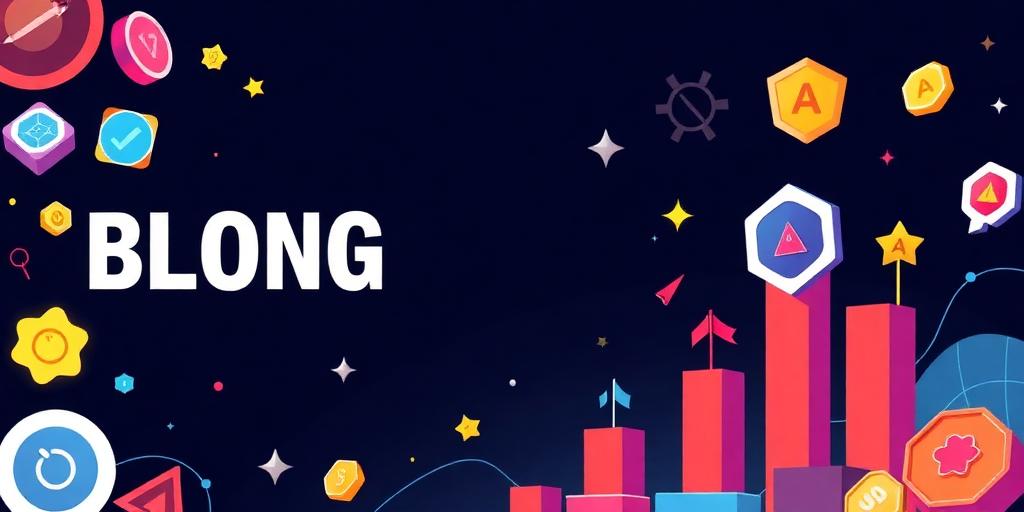Gamification in marketing has emerged as a powerful strategy for engaging customers, enhancing brand loyalty, and driving conversions. By integrating game-like elements into marketing campaigns, businesses can create immersive experiences that captivate audiences and motivate desired behaviors. This post explores real-world examples of gamification in marketing that have delivered remarkable results.
What is Gamification in Marketing? Gamification involves incorporating game mechanics, such as points, badges, leaderboards, and challenges, into non-game contexts. In marketing, this translates to designing campaigns that feel less like traditional advertising and more like interactive games. The goal is to make customer interactions more enjoyable and rewarding, thereby increasing engagement and achieving specific marketing objectives.
Why Does Gamification Work? Gamification taps into fundamental human desires, including:
- Competition: Leaderboards and challenges encourage users to compete with themselves and others.
- Achievement: Earning points, badges, and rewards provides a sense of accomplishment.
- Status: Climbing the ranks and gaining recognition enhances social status.
- Engagement: Interactive elements keep users actively involved and entertained.
Real Examples of Gamification in Marketing
Nike+ Run Club: Nike's Run Club app exemplifies successful gamification. It tracks users' running activities, provides personalized coaching, and offers challenges to complete. Users earn badges for achieving milestones, compete on leaderboards, and share their progress on social media. This approach has fostered a strong community of loyal Nike customers who are motivated to continually engage with the brand.
Starbucks Rewards: Starbucks Rewards is a prime example of loyalty program gamification. Customers earn stars for every purchase, which can be redeemed for free drinks, food, and other perks. The tiered system, where customers unlock higher levels of rewards as they accumulate more stars, encourages repeat visits and increased spending. The program's success lies in its simplicity, clear rewards, and the sense of progression it offers.
Duolingo: While primarily an educational platform, Duolingo's marketing strategy heavily relies on gamification. The app uses points, levels, streaks, and leaderboards to motivate users to learn new languages. The game-like interface makes language learning fun and addictive, resulting in high user retention and positive brand perception.
Domino’s Pizza Hero: Domino's Pizza Hero app allows users to create their own virtual pizzas, mimicking the actual pizza-making process. Users earn points and unlock new ingredients as they progress. While not directly tied to purchasing, this game increases brand awareness and creates a positive association with Domino's. It's a creative way to engage customers and showcase the brand's products in an interactive format.
Sephora Beauty Insider: Sephora's Beauty Insider program uses a tiered rewards system similar to Starbucks. Customers earn points for purchases, which can be redeemed for exclusive products, experiences, and services. The program also offers birthday gifts and early access to sales, further incentivizing customers to stay loyal to Sephora. The gamified loyalty program enhances customer lifetime value and encourages repeat business.
Key Takeaways for Implementing Gamification in Marketing
- Define Clear Objectives: Determine what you want to achieve with gamification, whether it's increasing brand awareness, driving sales, or improving customer engagement.
- Understand Your Audience: Tailor the game mechanics and rewards to resonate with your target audience.
- Keep it Simple: Avoid overly complex game mechanics that can confuse or frustrate users.
- Offer Meaningful Rewards: Ensure the rewards are valuable and relevant to your customers.
- Track and Analyze Results: Monitor the performance of your gamified campaigns and make adjustments as needed.
Conclusion Gamification in marketing offers a unique opportunity to create engaging and rewarding experiences for customers. By understanding the principles of game design and leveraging real-world examples, businesses can implement successful gamified campaigns that drive meaningful results. The key is to align game mechanics with marketing objectives and provide value to customers, ensuring that the experience is both enjoyable and beneficial.









